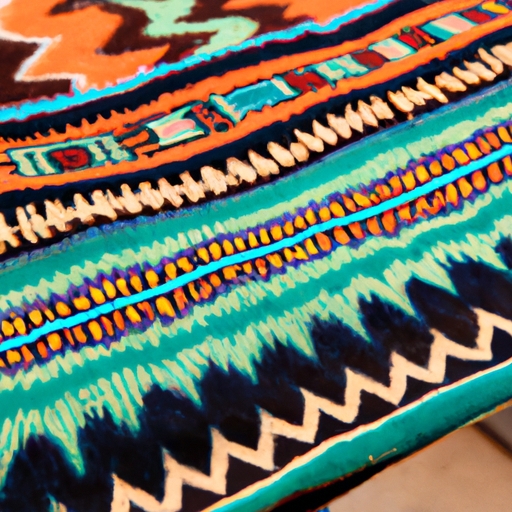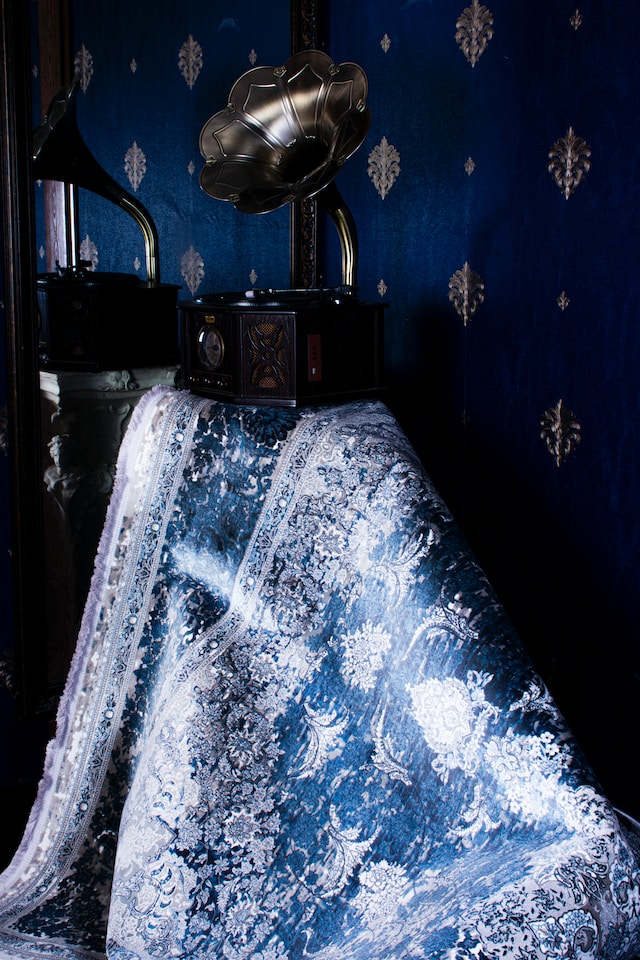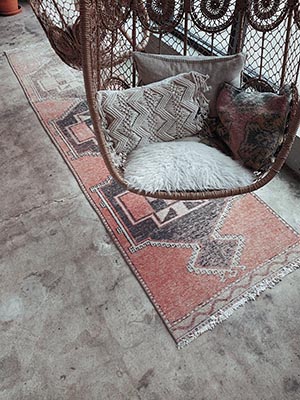Navajo weaving furniture retail store
History and significance of Navajo weaving in Native American culture
Navajo weaving holds a rich history and significant cultural importance within Native American culture. For centuries, the Navajo people have been creating intricate and beautiful textiles using traditional techniques passed down through generations. These weavings are not only visually stunning but also serve as important symbols of Navajo identity and heritage.
The art of Navajo weaving dates back to the early 17th century when Spanish explorers introduced sheep to the region, providing the Navajo with a new source of wool for their textiles. Over time, Navajo weavers developed their own unique style characterized by bold geometric patterns and vibrant colors inspired by their natural surroundings.
In addition to its aesthetic value, Navajo weaving plays a crucial role in preserving traditional knowledge and skills within the community. Weaving is often passed down from mother to daughter, with each generation adding their own creative touch while honoring the techniques of their ancestors.
Today, Navajo textiles continue to be highly sought after by collectors and enthusiasts around the world. In recent years, there has been a growing interest in incorporating these beautiful weavings into contemporary furniture design. Retail stores specializing in Navajo weaving furniture offer customers the opportunity to bring a piece of this rich cultural heritage into their homes.
By supporting these retail stores, customers are not only acquiring unique and expertly crafted furniture pieces but also contributing to the preservation and celebration of Navajo weaving traditions. Each purchase helps sustain this ancient art form and ensures that future generations will continue to appreciate its beauty and significance in Native American culture.



